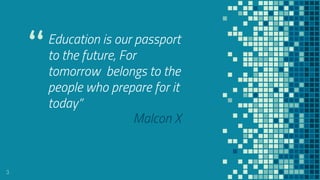This document provides an overview of different types of computer software. It begins by defining software and describing the main types as system software and application software. It then explains the different types of system software in more detail, including operating system software, device drivers, and utility software. The major functions of an operating system are also listed. Language processors such as compilers, interpreters, and assemblers are described next. Finally, the document discusses various types of application software including open source software, cloud applications, and mobile applications.































